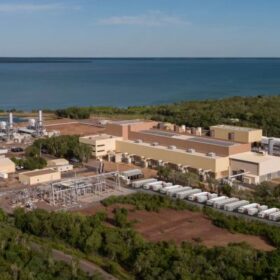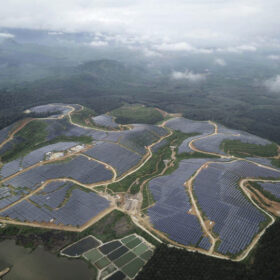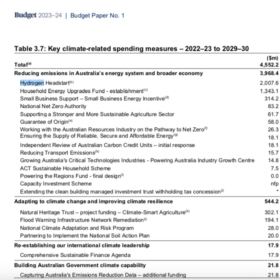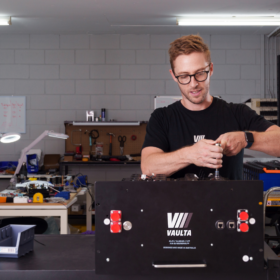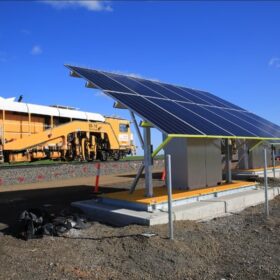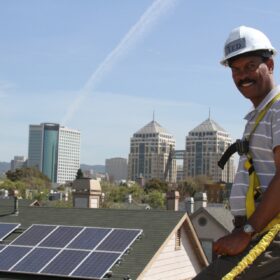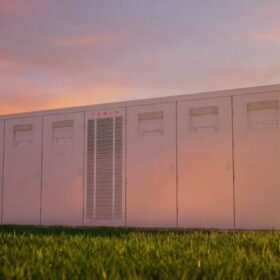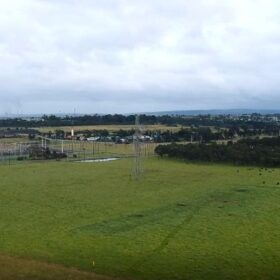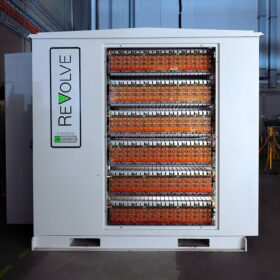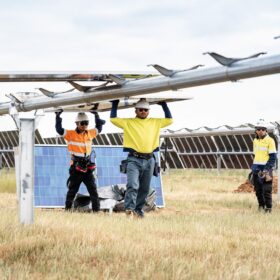Territory targets ‘renewable energy hub’ with budget spend
The Northern Territory government has committed $12 million (USD 8.05 million) in its latest budget to accelerate the development of a “sustainable” industrial hub that will be largely powered by renewables as it looks to continue the overhaul of its electricity system.
Malaysia opens its renewable energy market to PPAs, cross-border trade
The Malaysian government is developing a new strategy to expand renewable energy use in the country and also boost the domestic renewable energy industry.
Australia to invest $2 billion in hydrogen
The Australian government has presented its 2023-2024 budget, with $2 billion (USD 1.35 billion) to be invested in hydrogen, while Austria, Germany, and Italy said they have started moving forward on a southern hydrogen corridor from North Africa to Northern Europe.
Influx of new companies and products enter Australia’s battery market
Battery companies hoping to get a foothold in Australia’s rapidly growing storage market were the main exhibitors at the Smart Energy Conference held in Sydney last week, outnumbering solar companies almost two-to-one. Pv magazine Australia looked at what is on offer and who the new hopefuls in the battery space are.
Green hydrogen funding a step forward – but a step doesn’t win race
It sounds like a lot. Kickstarting green hydrogen in Australia with $2 billion (USD 1.35 billion) to subsidise early production and making the energy-dense gas competitive. A goal of up to a gigawatt of electrolyser capacity within seven years.
New entrants to Australia’s utility-scale and commercial battery market
While Australia’s home battery market seems to have attracted most of the interest from newcomers, there has been some significant new developments in the commercial and utility-scale space. Pv magazine Australia examined the new products and companies in the commercial and utility battery storage space on display at the Smart Energy Conference.
WA backs big batteries to support energy transition
The West Australian government will plough almost $3 billion (USD 2.03 billion) into renewable energy generation, storage and transmission projects with modelling revealing more than 50 GW of new generation and storage capacity will be required in the state’s main electricity grid within the next 20 years.
Shift to solar and storage signals major savings for rail project
Australia’s largest rail infrastructure project, the 1,700-kilometre Melbourne – Brisbane Inland Rail freight line, has made the switch to solar to power its signalling systems with the move expected to deliver an estimated $25 million (USD 16.93 million) in cost savings.
India’s green hydrogen demand to reach 2.85 MMT/year by 2030, says USAID
A new report from the South Asia Regional Energy Partnership (SAREP) of the United States Agency for International Development, better known as USAID, says India’s green hydrogen demand will reach 2.85 million metric tonnes (MMT) per year by 2030.
US solar installers list Qcells, Enphase as top brands
An industry survey led by SolarReviews and NABCEP found two-thirds of solar installers expect high electricity prices to drive demand.
